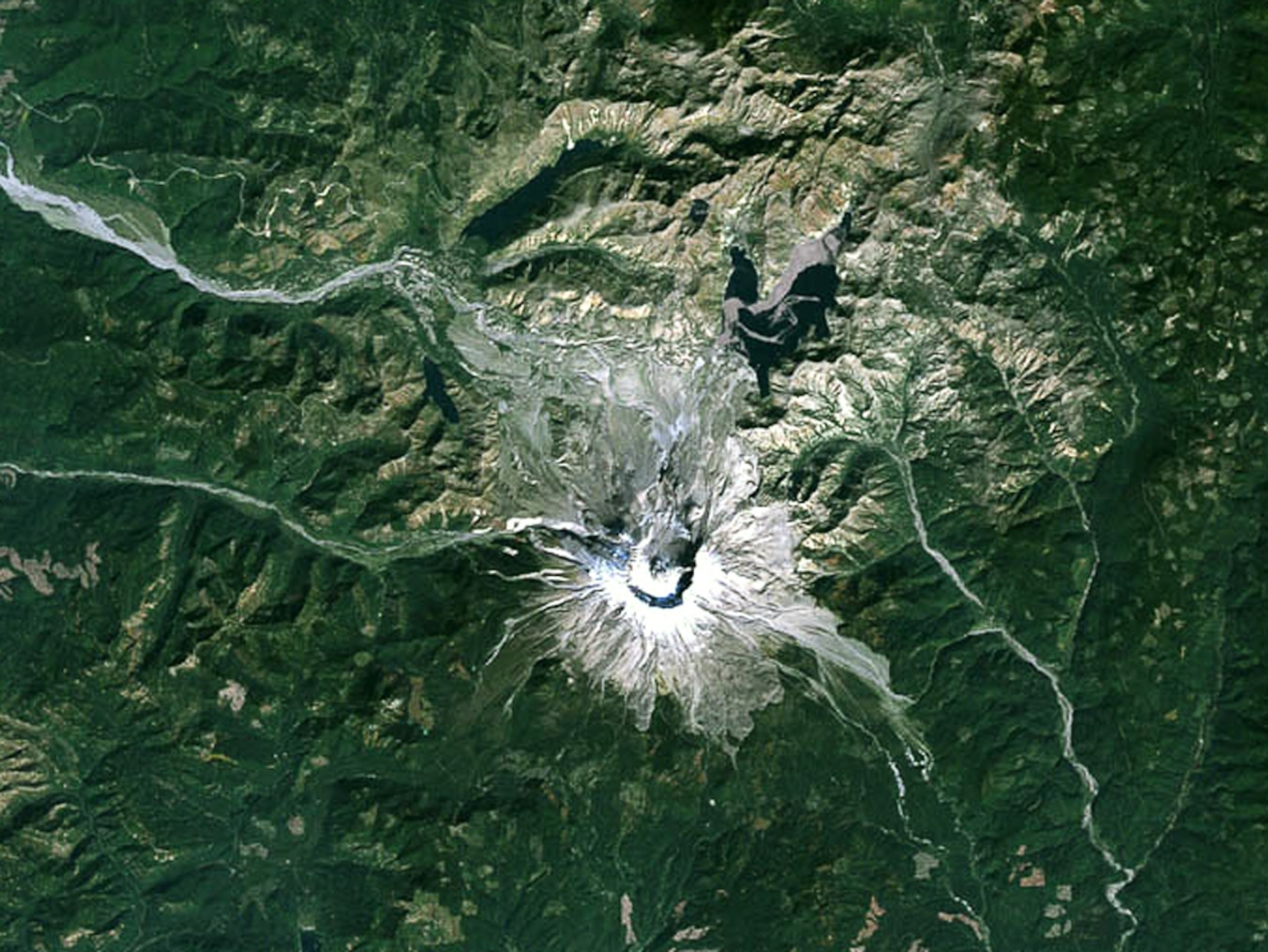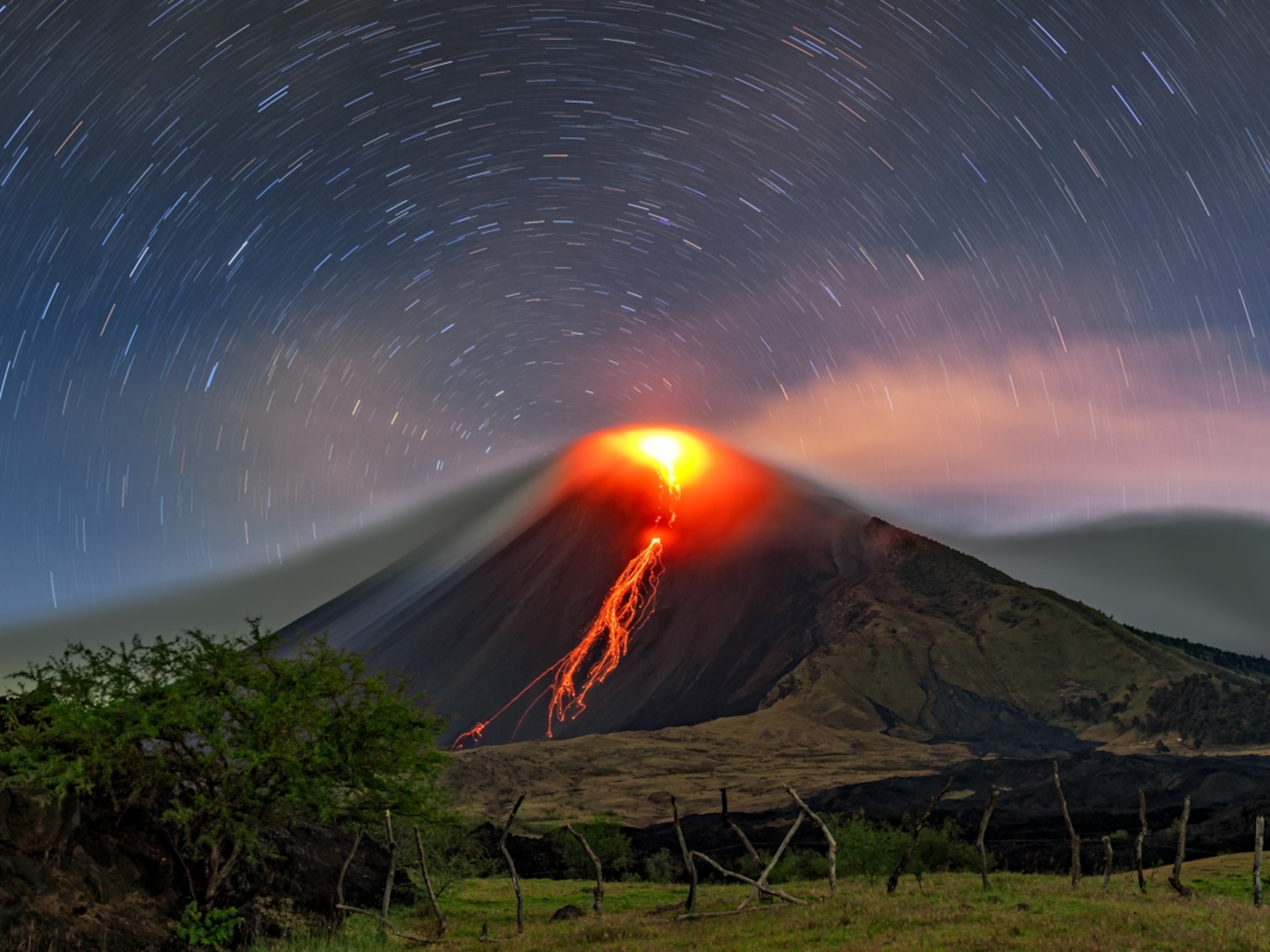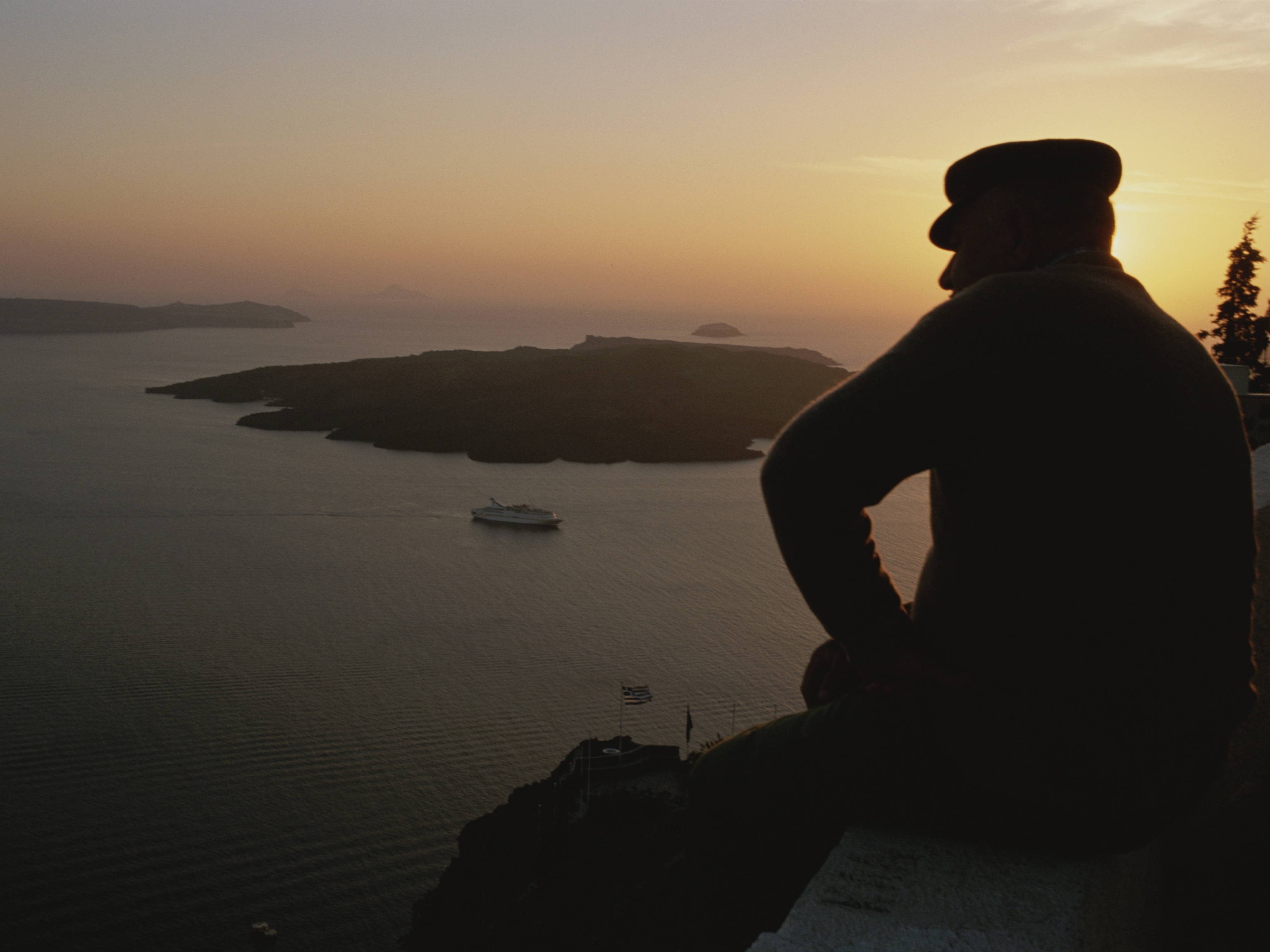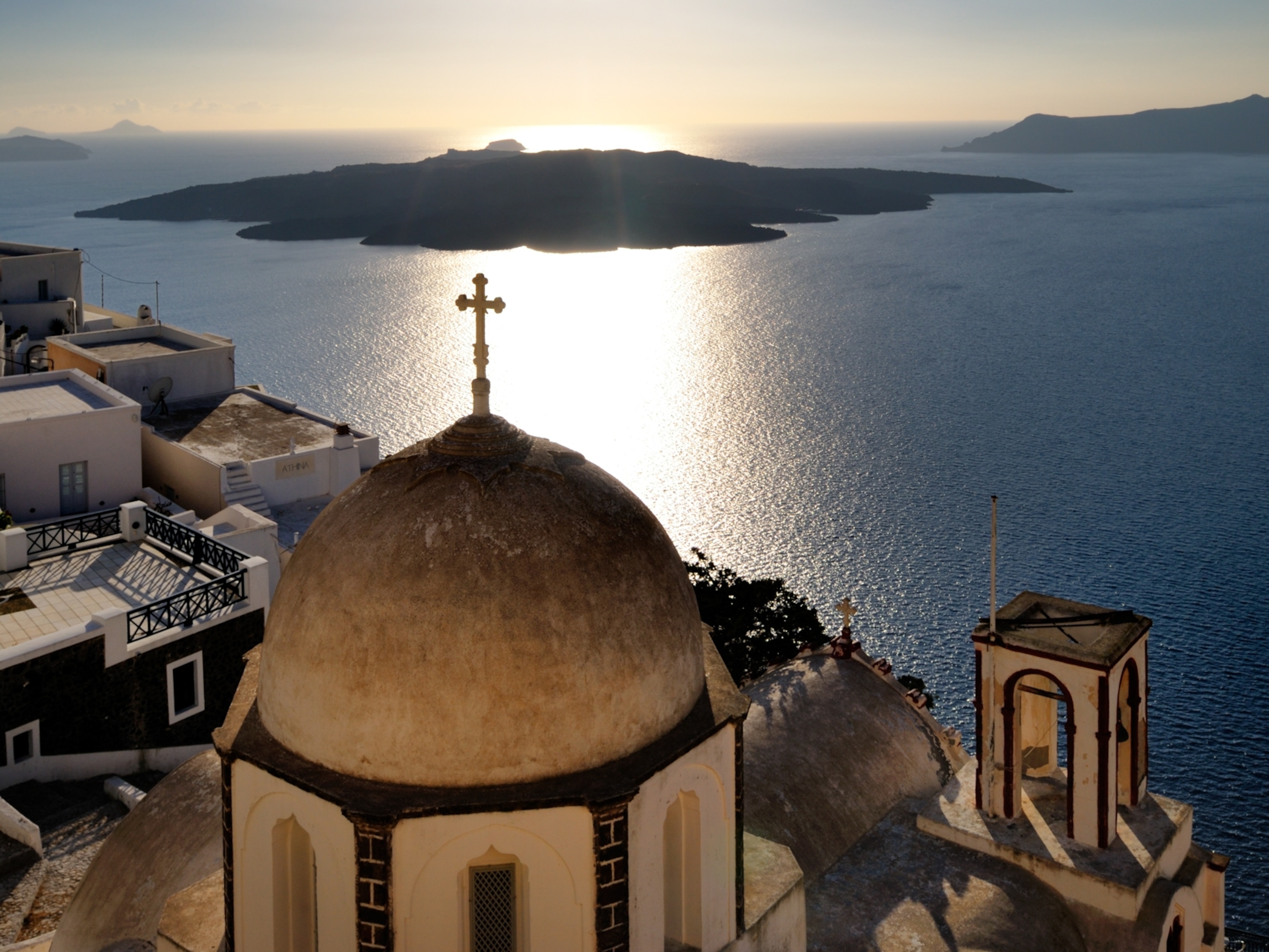
Mount St. Helens Erupts Again—This Time in 3-D
First accurate simulation "a big deal," could save lives, experts say.
Volcanologists have created the first ever 3-D simulation of the cataclysmic eruption of Mount St. Helens, which happened 31 years ago this month.
The model backs up current ideas about what led to the 1980 blast, which killed 57 people. The real news, though, is that the simulation could save lives in the future by helping researchers predict how dormant volcanoes may lose their tempers.
(See "'Sleeping' Volcanoes Can Wake Up Faster Than Thought.")
"To test your understanding of how volcanoes work, it's critical to capture eruptions in three dimensions," said volcanologist Amanda Clarke of Arizona State University, who co-authored the study.
The new model, she added, "matched the event very closely."
The Washington State volcano had first begun to stir two months before it erupted. Then on May 18, 1980, a magnitude 5.1 earthquake weakened Mount St. Helens's north face, creating a sort of release valve for the highly pressurized magma dome beneath.
(Related: "Yellowstone Has Bulged as Magma Pocket Swells.")
The resulting explosion lofted hundreds of millions of tons of hot ash, rock, and gases into the air, ultimately laying waste to hundreds of square miles—nearly all of them to the north of the volcano—in about ten minutes.
(Mount St. Helens Pictures: Before and After the Blast.)
The ample warning allowed most people to evacuate and made the eruption one of the best documented in history. But until now, simulations of the explosion weren't good enough to accurately reproduce the asymmetrical blast and its effects.
Past Models Didn't Get the Gravity of the Situation
Soon after the Mount St. Helens eruption, scientists began trying to decipher why the disaster zone was so widespread and extended so far north.
One theory suggested that a single, sustained jet of volcanic material had shot out of the loosened north face at supersonic speeds. Later research determined that the eruption was sloppier—more like a grenade blast.
But when the grenade scenario was plugged into older, 2-D simulations, the virtual eruption failed to properly re-create the St. Helens-area devastation.
Those models looked at the physics of the explosion and the effects of the surrounding topography on falling ash and debris as separate factors—and ignored gravity's influence altogether, according to the authors of the new study.
The new model, however, factored in all these dynamics in 3-D. The new element, gravity—which created faster ash-and-gas flows by pulling debris more rapidly downhill—was found to be key in re-creating the scorched region.
The result is the first simulation of the Mount St. Helens eruption to match the blast's speed and the actual damage boundaries, the researchers say.
(See volcano pictures.)
Mount St. Helens Model "a Big Deal"
The successful simulation, though, is more about looking forward than deciphering the 1980 cataclysm.
"We can use this to explore eruption scenarios for other volcanoes. While we can't predict exactly what will happen, it could prove extremely useful," said lead researcher Tomaso Esposti Ongaro, a volcanologist at Italy's Istituto Nazionale di Geofisica e Vulcanologia.
Volcanologist Marcus Bursik agreed. "Volcanoes are real creatures of habit, thank goodness.
"So once you create a model like this for other volcanoes, you could theoretically measure seismic signals, plug those in and see what might happen," said Bursik, of the University at Buffalo, who wasn't involved in the study.
"A lot of people—myself included—have waited a long time for someone to do this," Bursik said. "It's a big deal, so hats off to them."
MORE MOUNT ST. HELENS COVERAGE
• Mount St. Helens Still Highly Dangerous, 30 Years Later
• Mount St. Helens Pictures: 30 Years Later
• Mount St. Helens Interactive: Rebirth of the Blast Zone
• Pictures: America's Ten Most Dangerous Volcanoes
• Mount St. Helens May Erupt for Decades, Scientists Suggest (2007)
The study based on the new 3-D eruption model of Mount St. Helens was published online May 4 in the journal Geology.





